The Pantheon, built on the site of an earlier temple, was dedicated to “all the gods” in the second century. In the 7th century, it was converted into a church. It is one of the best-preserved structures in ancient Rome, mainly because it has been continuously used throughout its history.
Photoblog, Rome, Italy, Europe. April 6, 2025, includes photos from previous days.
What are we doing in Europe? Here is the story. Touring Europe might be a crazy idea.
The Pantheon, originally a Roman temple, was converted into a Christian church by Pope Boniface IV in 609 AD. Emperor Phocas gave it to the Pope, who then rededicated it as Sancta Maria ad Martyres (St. Mary of the Martyrs) church.
The monk Paul the Deacon recorded a visit by the emperor Constans II (son of Constantine) and striped Rome of much of its metal, including the bronze roof of the Pantheon.
Pope Urban VIII tore away the bronze ceiling of the portico and replaced the medieval tower with the famous Twin Towers, commonly called “the ass’s ears.” Eventually, the twin towers were removed in the 19th century.
Archaeological excavations have shown that the previous temple had been destroyed except for the façade. The rebuilding process started in 114 A.D. under the rule of Trajan.
Photos of the Pantheon
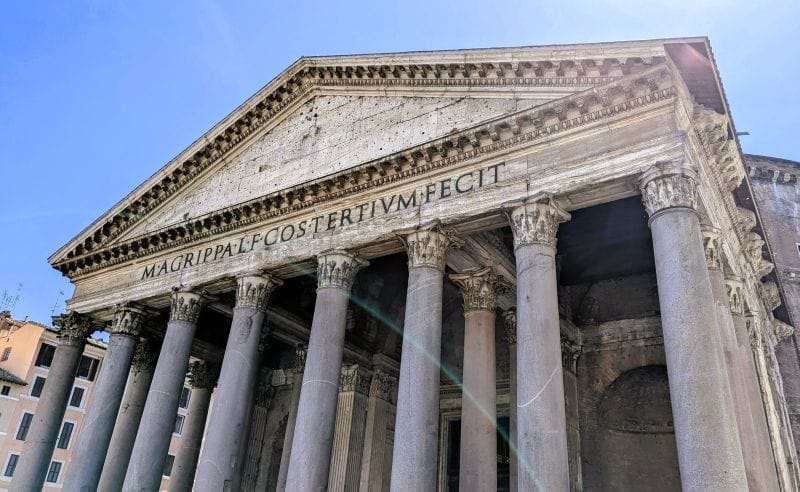
At the top, the inscription reads, “M[arcus] Agrippa L[ucii] f[ilius] co[n]s[ul] tertium fecit,” –Marcus Agrippa, son of Lucius, made [this building] when consul for the third time.”
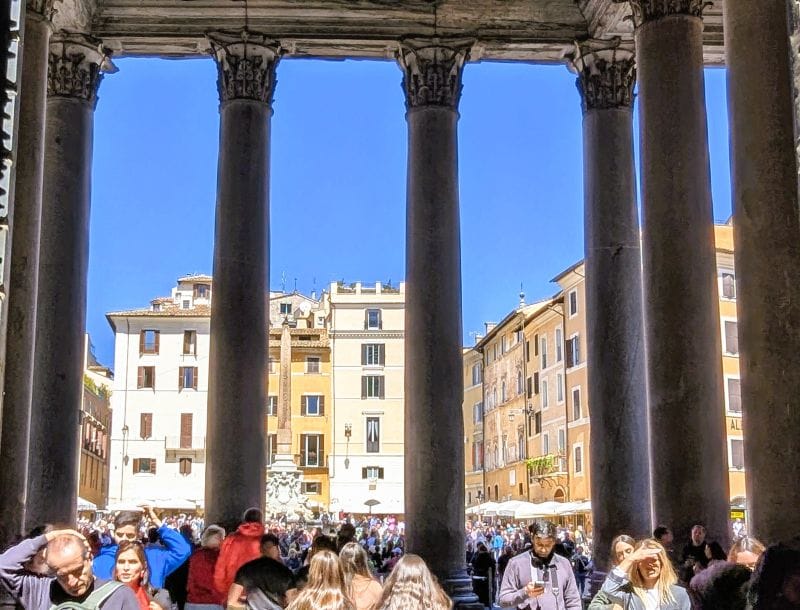
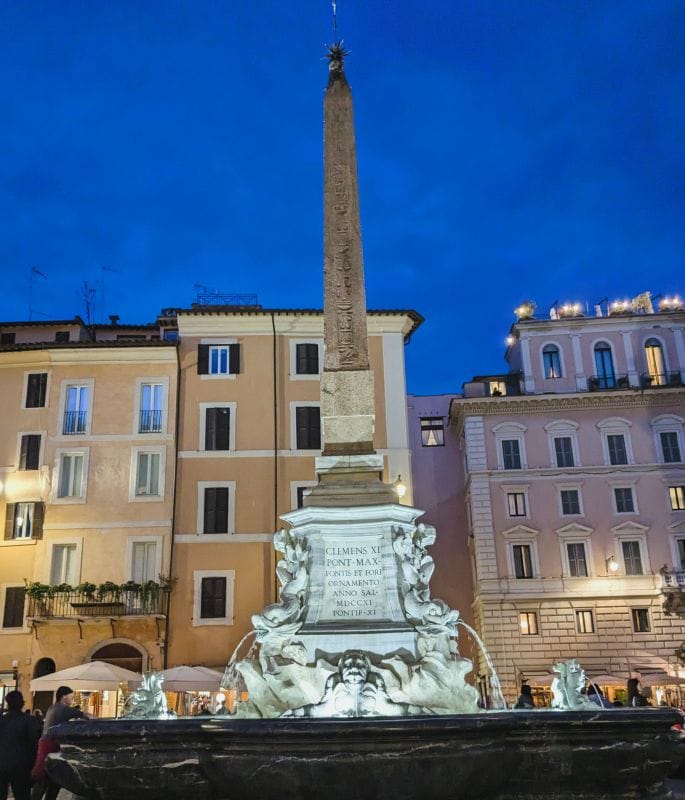
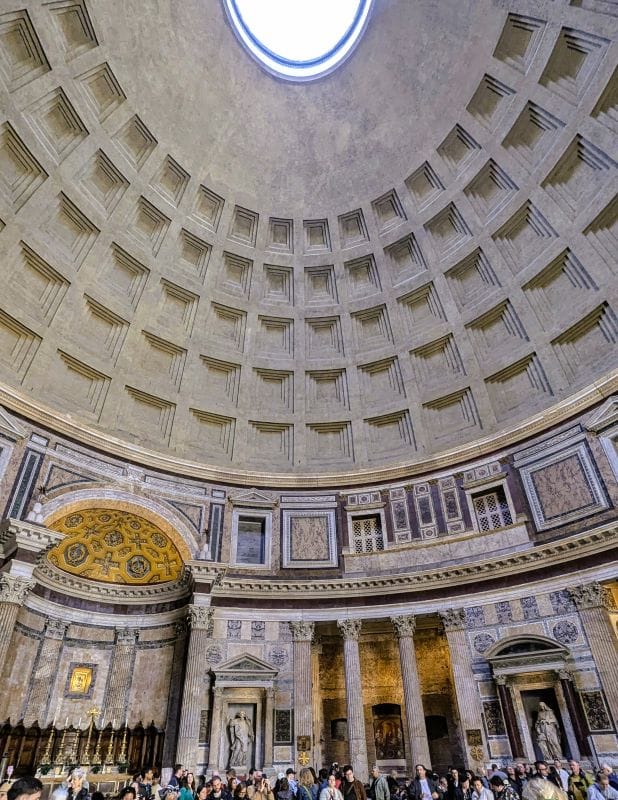
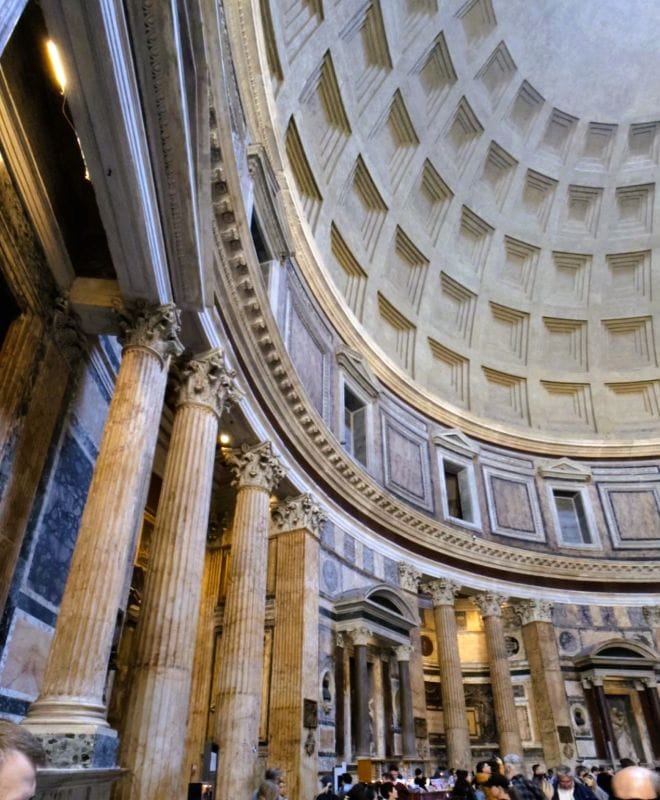
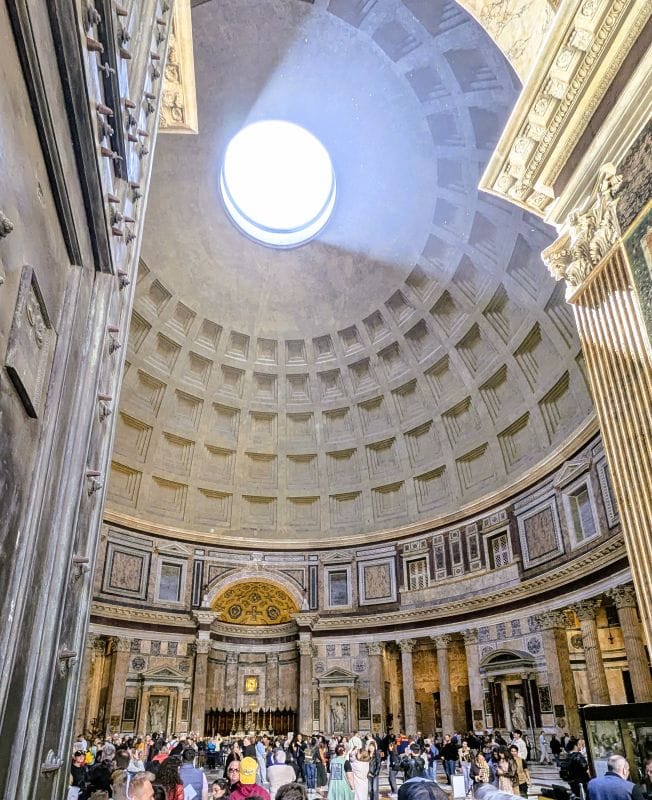
The dome is open at the top, allowing light to stream into the inside structure. It also allows rain to enter. Multiple drain holes in the floor will enable any rainwater to run out.
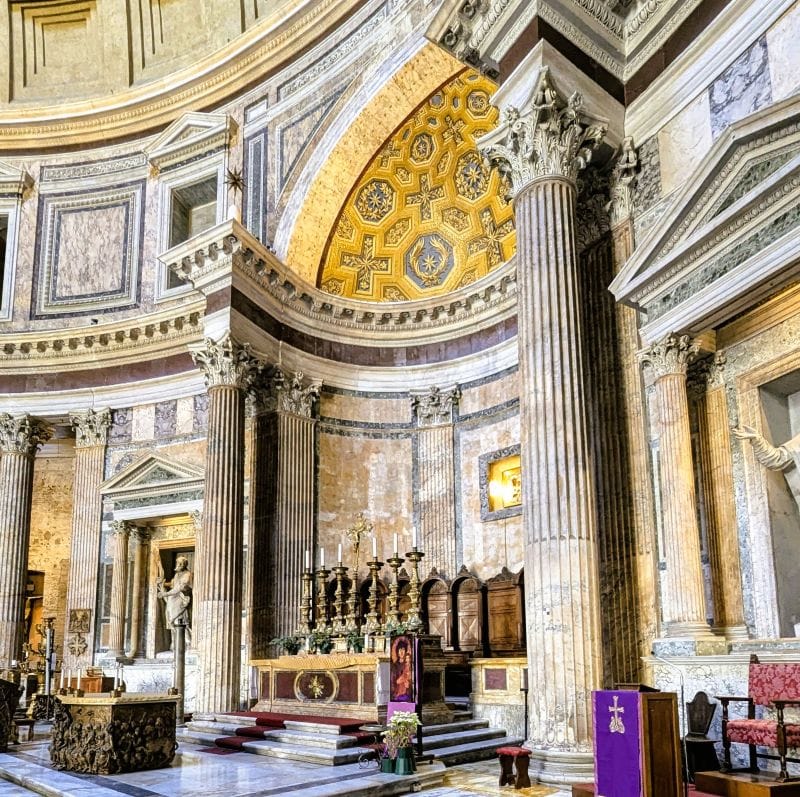
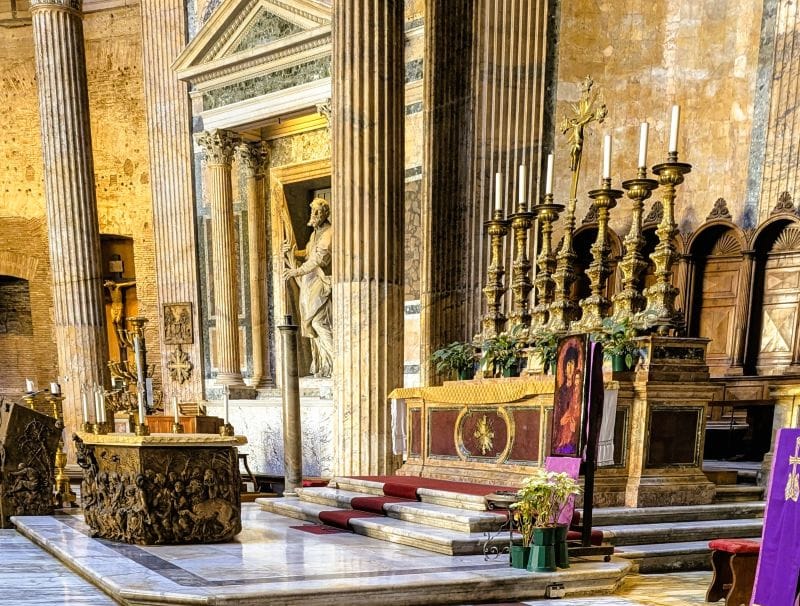
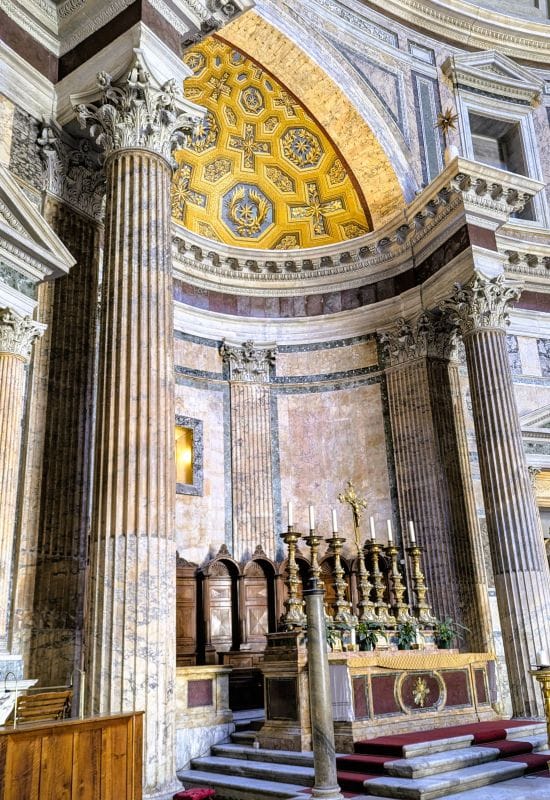
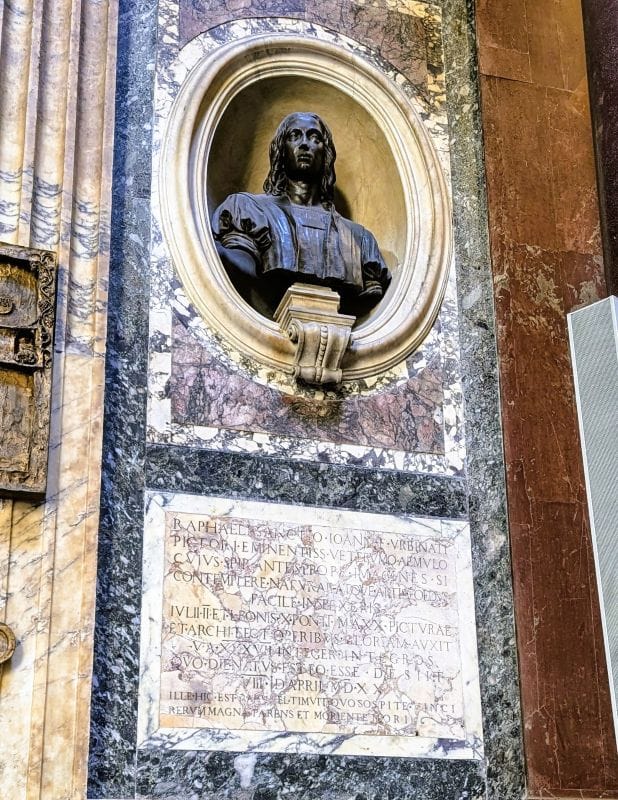
The Pantheon serves as a crypt for Raphael and King Victor Emmanual, the king of united Italy.
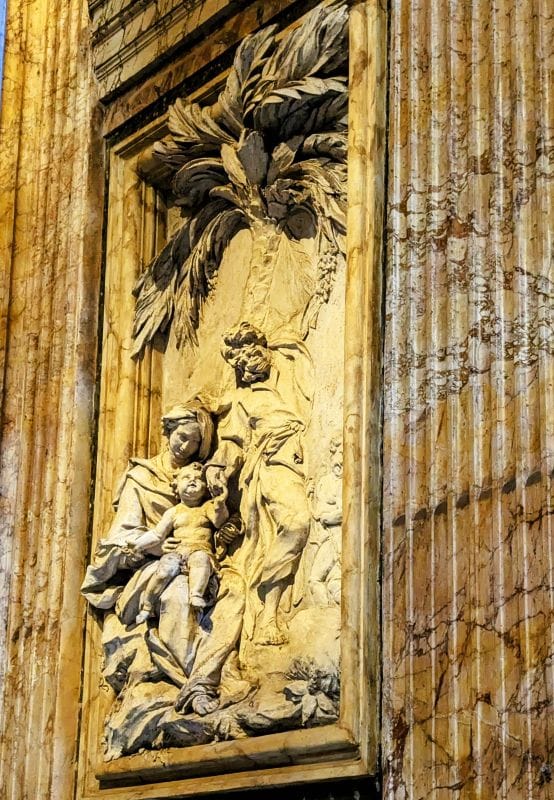
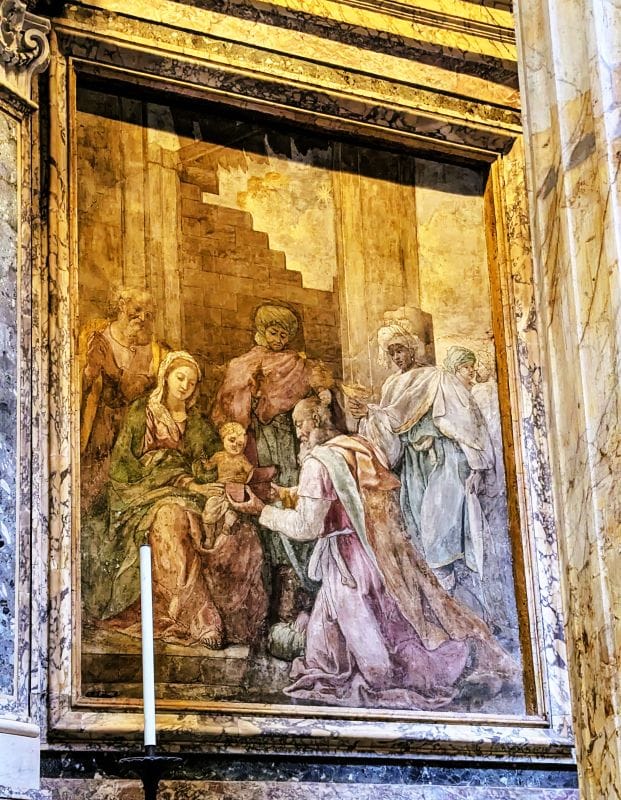
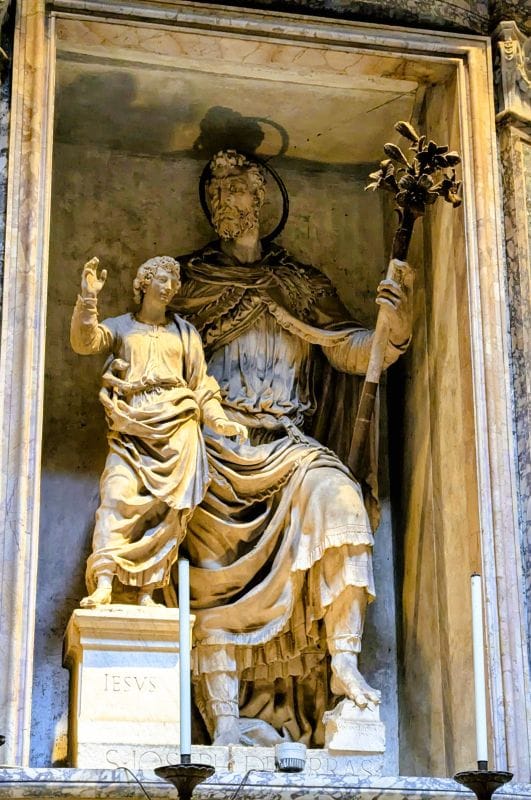
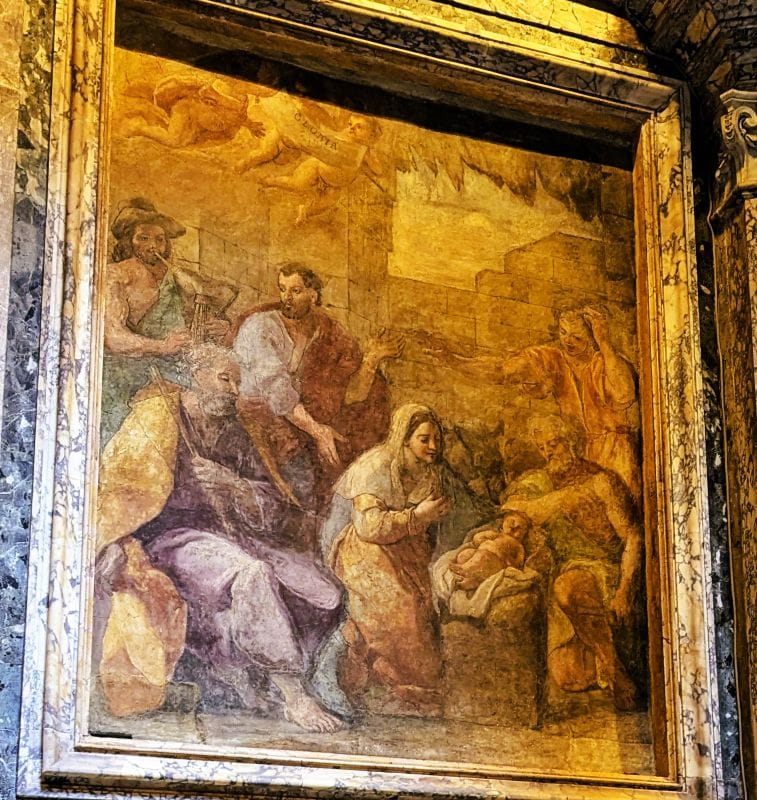
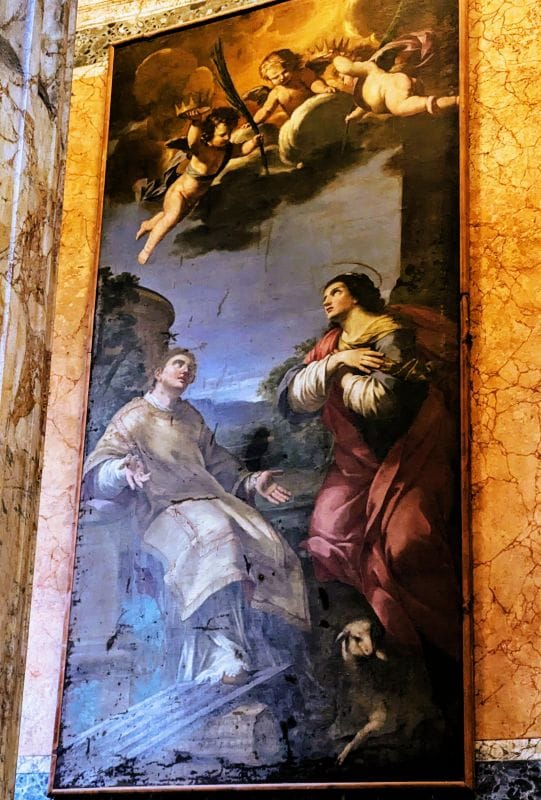
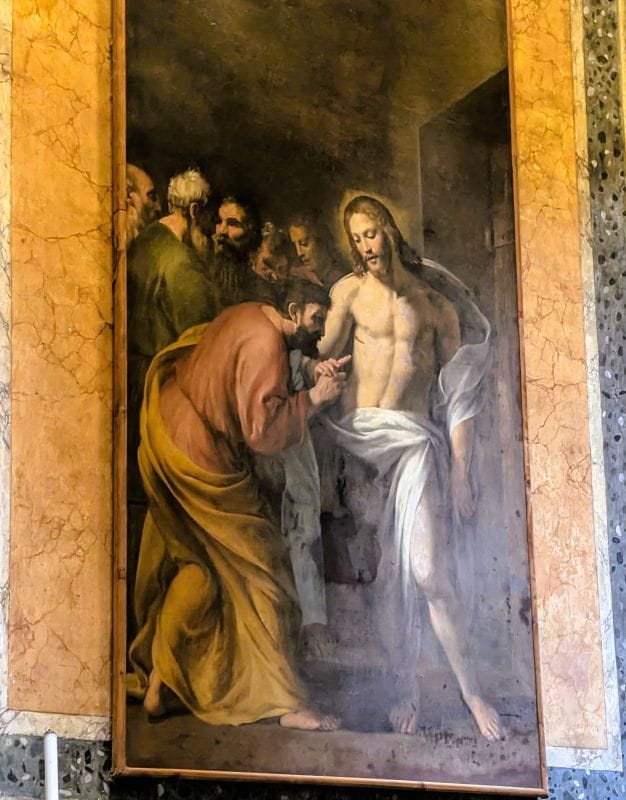
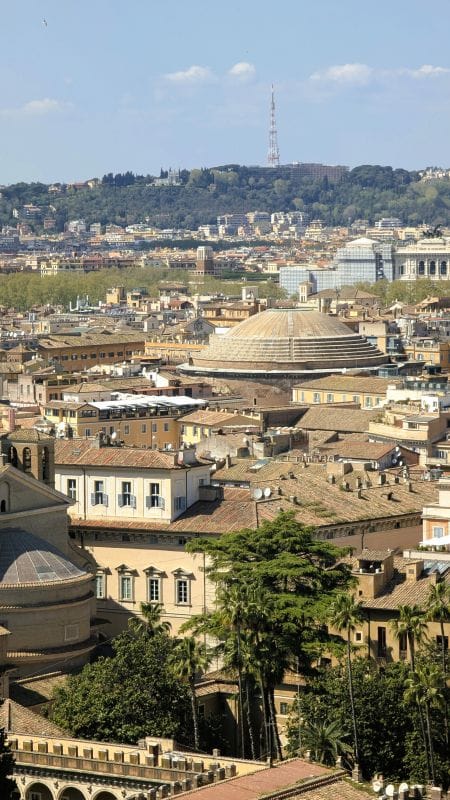
The thing to notice about the dome is how small the dome looks compared to the inside of the dome. The outside has three thicker rings for extra strength.
Please subscribe and join us on our journey.
We will add you to our email list and send you updates once a week. Here is a link. Subscribe
About our links
As you know, our blog income is zero, which allows us to be independent and tell the truth. We do not get income or commissions. No, we don’t make paid endorsements. We don’t make recommendations; instead, we will tell you what we like (or dislike). The links are only provided as a quick reference to help our readers.
Links
The History of the Pantheon in Rome
Basilica of Santa Maria ad Martyres Pantheon in Rome
About our photos
These photos were taken during our visit. Our photos are often “enhanced” to represent what we saw in person and correct for lighting and other things. Sometimes, this editing makes the images look better than what we saw in person.
About comments
We love seeing your comments, but they are not automatic. I get about twenty spam comments every day, and thus, I have to turn off automatic comments. I read and then personally publish every comment to protect the blog and keep it on the subject and real. You will not see your comment right after you hit submit. Sorry for the delay in publishing your comments. Some comments come from personal emails and Facebook. Please know that we would love to hear from you.

